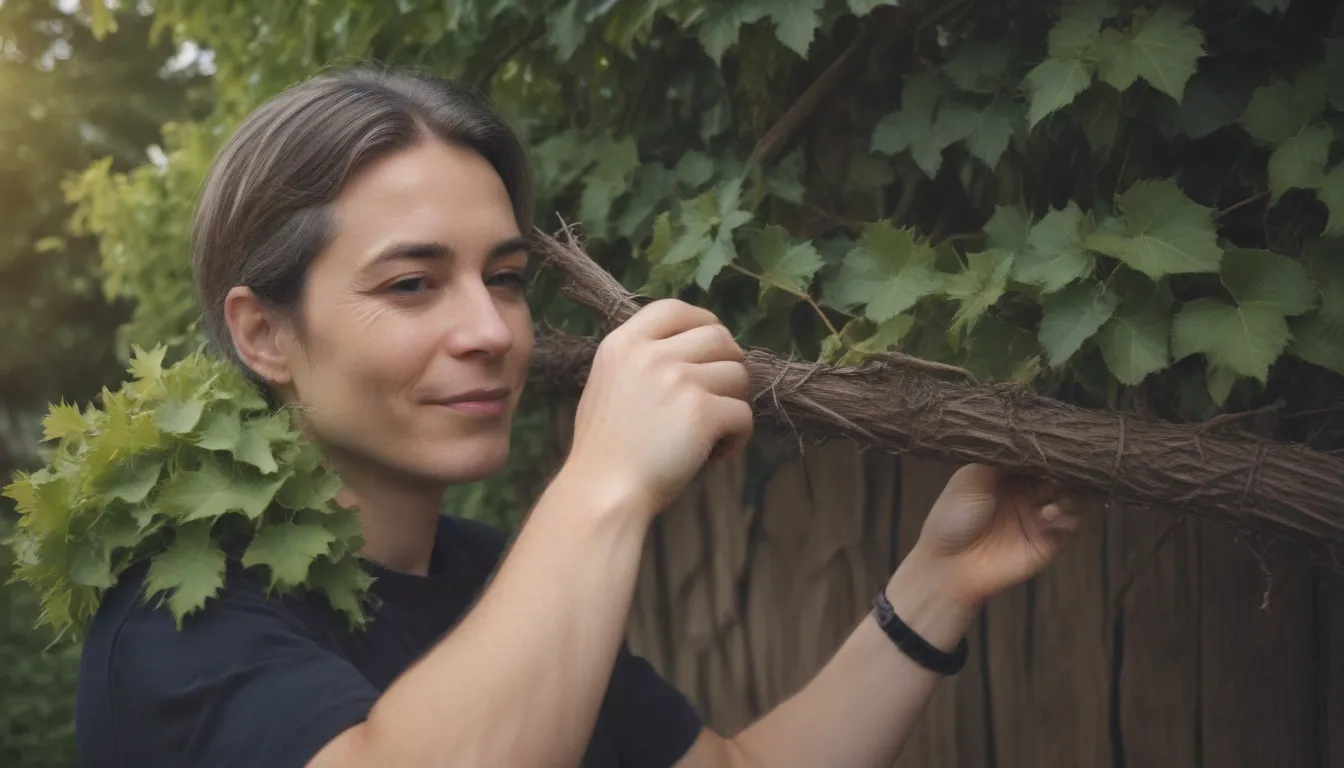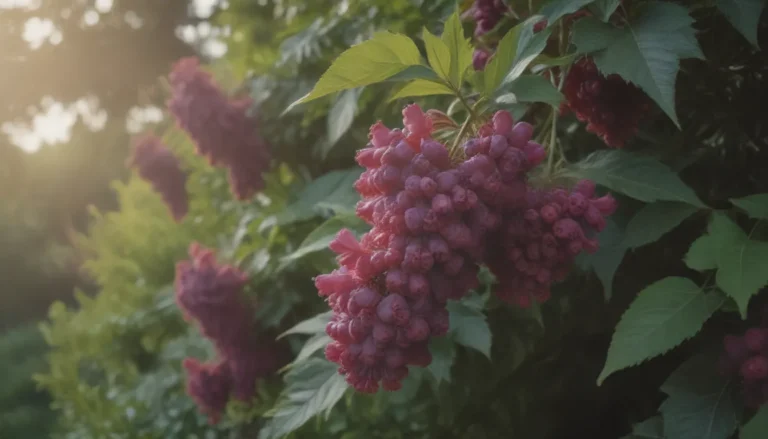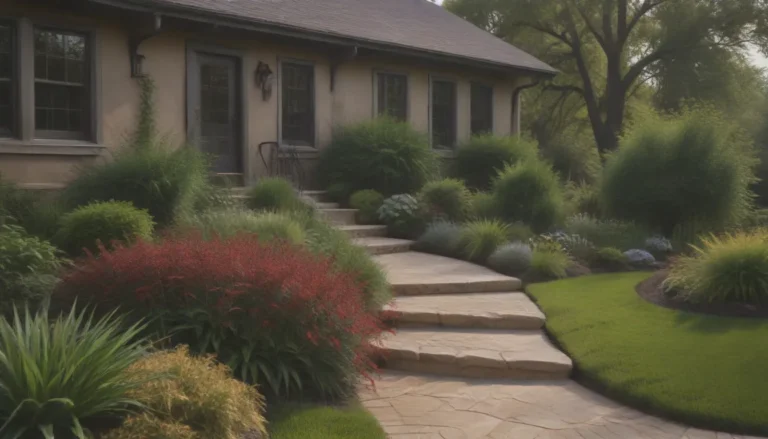Mastering Grapevine Training and Pruning: A Home Gardener’s Guide

Grapevines are a beautiful addition to any garden, offering not only luscious fruit but also a touch of elegance to your landscape. However, without proper training and pruning, your grapevines can quickly become a tangled mess, leading to a diminished harvest. In this comprehensive guide, we will walk you through the essential steps of training and pruning your grapevines, focusing on the easiest method for American table grapes, which are commonly found in home gardens. So grab your pruning shears and let’s get started!
Understanding Grapevine Terminology
Before we delve into the nitty-gritty of training and pruning grapevines, let’s familiarize ourselves with some key terms used in grape cultivation:
– Trunk: The main stem of the grapevine.
– Shoots: Young, green growth on the grapevine.
– Canes: Woody stems where fruiting occurs.
– Cordons: Horizontal branches that support the canes.
– Spurs: Short, stubby growths on the canes where fruit is produced.
– Renewal Spurs: Pruned canes that will produce fruit the following year.
– Suckers: Unwanted shoots that grow from the base of the grapevine.
Training Systems for Grapes
There are numerous training systems for grapevines, but for home gardeners growing American table grapes, the high cordon system is often the preferred choice. This system works well for table grape varieties that grow downward, unlike European grapes that have an upward growth pattern. Here’s a brief overview of the high cordon system:
- Trellis Setup: Install posts eight feet long, with two feet buried in the soil. End posts should have a diameter of four to six inches, while posts within the row should be three inches in diameter. Maintain a spacing of seven to eight feet between grapevines.
- Wire Support: Use a 12.5-gauge high-tensile wire at the top of the trellis to support the weight of the grapevines.
- Training Process: In the first year, establish the plants by tying the young grapevine to a stake to encourage straight trunk growth. Once the shoots have turned into woody canes, select two of the strongest canes and tie them to the wire in opposite directions using a gentle material like cloth or rubber bands.
When to Prune Grapes
Pruning is a vital task in grapevine maintenance and should be done during dormancy, typically between late February and early March. It is crucial to ensure that the grapes are fully dormant before pruning to prevent cold injury. A good rule of thumb is to prune after the New Year to allow the vines to rest before the growing season begins.
How to Prune Grapes
Pruning grapevines can seem overwhelming due to the variety of techniques available, but the main goal remains the same: removing 85 to 90 percent of one-year-old wood. Here’s a simple pruning method for mature grapevines:
- Cane Pruning vs. Spur Pruning: For American grape cultivars, cane pruning is recommended as it yields higher and better-quality grapes. Remove suckers and old canes, keeping only new fruiting canes with smooth, reddish bark.
- Pruning Technique: Trim the new canes to leave 15 buds or three to five nodes, ensuring 50 to 80 buds per plant. Create renewal spurs by cutting suitable canes to one node, spreading them evenly along the cordon for balanced growth.
Remember, it’s better to prune grapevines too much than too little. Most home gardeners tend to under-prune, so don’t be afraid to trim back vigorously. If you accidentally prune too much, continue to care for your grapevines by providing nutrients, water, and monitoring for pests and diseases.
In conclusion, training and pruning grapevines may seem like a challenging task, but with the right knowledge and techniques, you can enjoy a bountiful harvest of delicious grapes in your own backyard. By following these guidelines and staying proactive in your grapevine care, you’ll be well on your way to becoming a grape-growing expert. So go ahead, grab your gardening gloves, and give your grapevines the TLC they deserve!





